Looking at OpenAI's Sora app meteoric rise since its late September launch, Android users finally have something concrete to look forward to. The AI-powered video creation platform has been maintaining its position at the top of Apple's App Store for weeks, yet the app has remained exclusive to iOS users. Left on the sidelines? Pretty much.
The sustained App Store dominance tells us something important, this is not just another flash-in-the-pan AI tool. It blends OpenAI's Sora 2 video generation model with a TikTok-style interface, and OpenAI has confirmed that an Android app is officially on the Sora roadmap. It is OpenAI stepping into social media territory for real, and the numbers suggest Android users are about to get something genuinely compelling.
What makes Sora worth the wait for Android users?
The excitement around Sora is not just hype, the download metrics back it up. Within 48 hours of launch, Sora became the #1 app on the US iOS App Store with over 164,000 downloads. Even louder, it reached a million downloads in under five days. Faster adoption than ChatGPT managed at first. That is a statement.
The standout feature driving all this is called "cameos," a big leap in accessible AI video creation. Cameos allow users to create AI-generated videos of themselves based on a sample video they upload for training. Think personalized deepfake tech, aimed at creative collaboration instead of deception. You record a short reference clip, then friends can place your likeness into AI-generated scenarios, and only with your permission.
The interface feels familiar and fresh at once. The app features a vertical, algorithmic feed of 10-second clips with like/comment buttons, remix tools, and user profiles. TikTok’s format, just with sharper AI teeth. Under the hood, Sora 2 is described by OpenAI as "more physically accurate, realistic, and more controllable than prior systems", capable of building complex scenes that follow physics more faithfully than earlier models.
In practice, that means Android users should be able to make videos that look convincing, not obviously artificial.
Android launch timeline: Development in final stages
Bill Peebles, OpenAI's head of Sora, announced on X that "the Android version of Sora is actually coming soon". For the timeline minded, Peebles confirmed that development is in its final stages. Think weeks, not months.
OpenAI is still cagey on specifics. OpenAI has not confirmed a specific release date for the Android version, and Peebles says it should be live "soon" without further detail.
Good news if you are impatient, the Sora app is currently listed on the Google Play Store for pre-registration. That setup usually appears when launch nears, so the groundwork looks done.
Do not want to wait at all? Android users can run Sora on their devices as a PWA (Progressive Web App). The native app should still perform better and tie in more neatly with Android’s camera and sharing systems.
Enhanced features launching with Android version
Android users are landing right as Sora expands. Character cameos are arriving in "the coming days," expanding beyond human subjects to let Sora users create AI-generated videos of their favorite pets or inanimate objects. Translation, pets, favorite stuffed toys, and "pretty much anything else you want" can headline your clips.
The creative possibilities go beyond novelty. Picture a cooking tutorial with your dog as the chef. Or a chase scene starring your coffee mug. Absurd and sophisticated, in the best way.
Practical tools are rolling in too. Basic video editing capabilities are coming, beginning with the ability to stitch multiple clips together. It starts simple, and more advanced editing features are on the way, hinting at a broader creative suite that aims to move Sora beyond short, one-off generations to an app that can be used by professional creators.
The social layer is growing alongside it. OpenAI is working on improving the social element of the app, including adding channels for smaller communities such as universities, companies, sports clubs, and others. That points to more focused spaces rather than one giant feed.
Competitive context: Timing in the AI video race
Sora’s Android debut lands right as AI video becomes a mainstream feature, not just a lab demo. Less than two weeks ago, Meta introduced an AI video generation and sharing feature, Vibes, to its suite of social apps, and Google announced plans to integrate Veo 3, its own video generation model, into YouTube. OpenAI's move into short-form social media compares to rivals like Meta's Vibes and Google's Veo, while Sora’s cameos and social tools give it a different flavor.
Android users are arriving at a pivotal moment. OpenAI's strategy is to showcase AI video capabilities as a creative-social platform and to gather user engagement data, which puts Android’s vast, global audience in a position to shape how these tools evolve.
The implications stretch beyond pure entertainment. Early use cases point to education, professional content creation, and marketing. Think product demos on demand, personalized study clips, or quick-turn marketing videos at real scale. With character cameos and Android’s reach, creators in emerging markets could see a new level of access.
Android ecosystem implications
Sora’s arrival marks a real push toward parity that Android users have been asking for. The app maintains its #1 spot on the App Store with 2 million downloads despite invite-only status, a signal that demand is not fading.
It also shows OpenAI sees Android as essential for adoption, not a nice-to-have after iOS. Feature rollouts coming in tandem, not just a late port, make Android users equal participants instead of second-wave testers.
The ripple effect could extend beyond Sora. Attention to platform parity here might nudge other AI developers to prioritize Android and iOS together. And given that Sora's rollout echoes that of ChatGPT, which launched in 2022 and now has more than 800 million weekly users, the stakes feel familiar.
Tighter integration with Android’s sharing, camera, and file systems should outclass the current PWA workaround. In short, Android users will not just get access, they will get an experience tuned to their workflows.
Bottom line, the wait has been annoying, but the timing could not be better. Sora has shown staying power, expanded its creative toolkit, and is landing on Android as new features arrive that iOS users are still waiting to try. With AI-generated content already becoming the norm, Android users are about to step into tools that are actively shaping the future of mobile video.




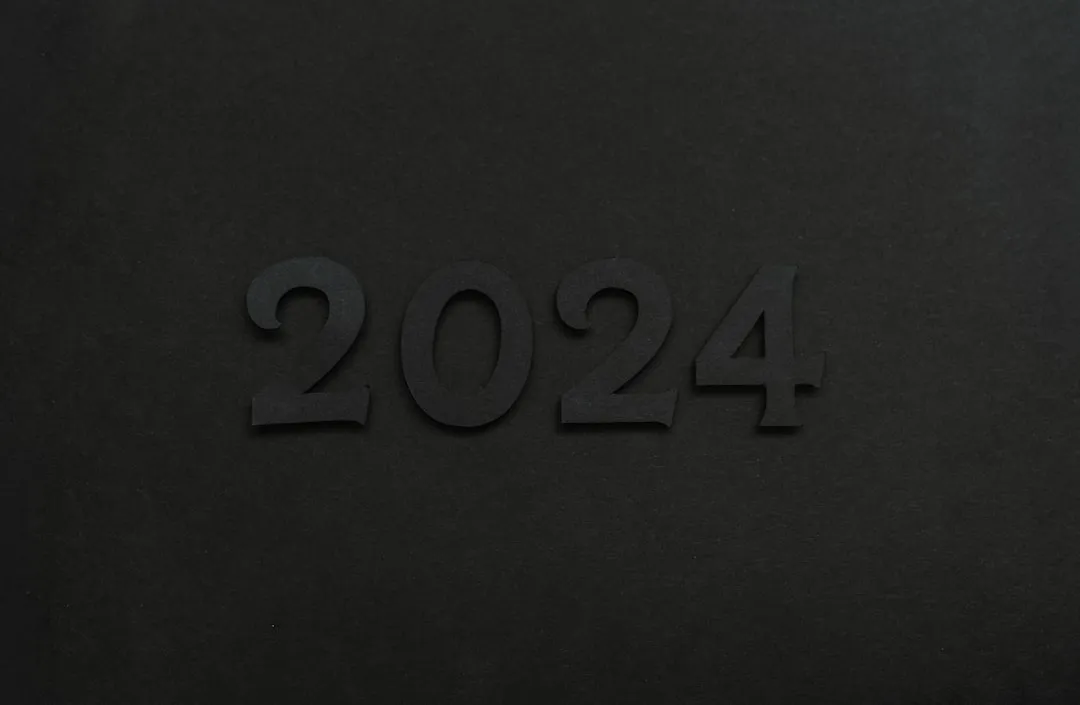
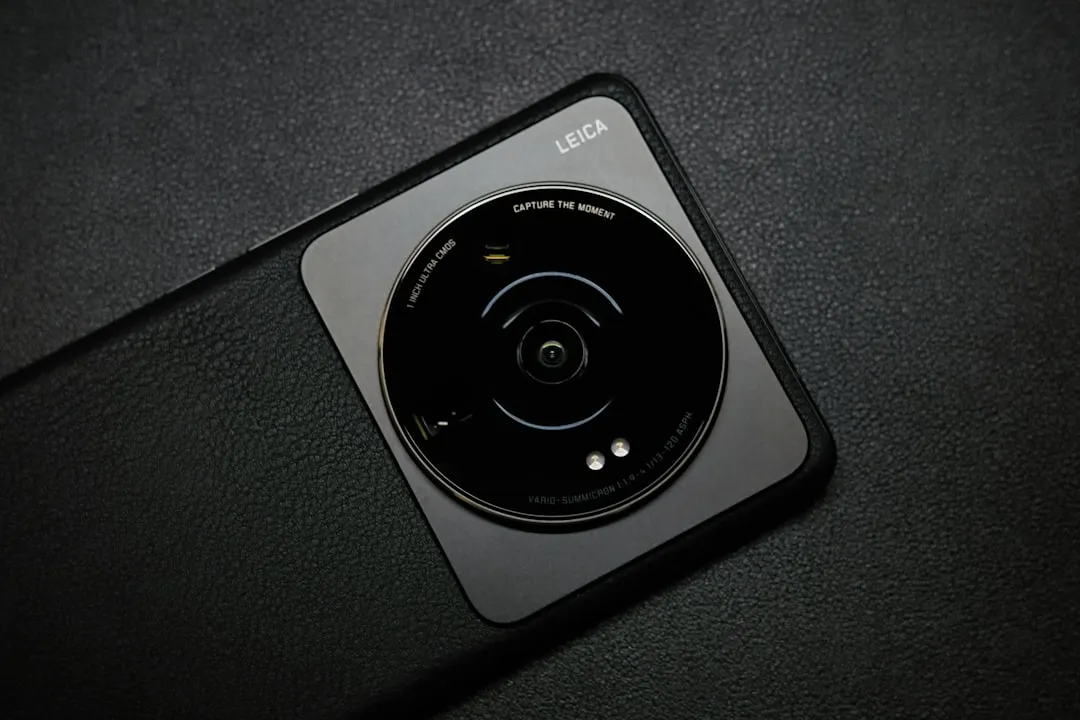
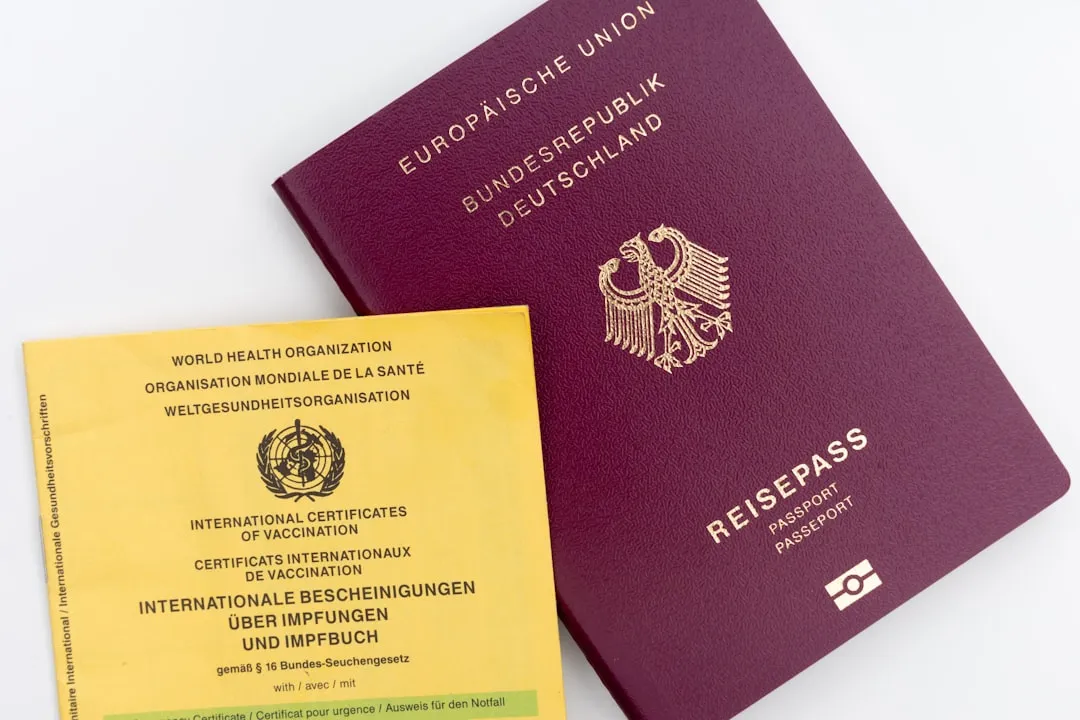

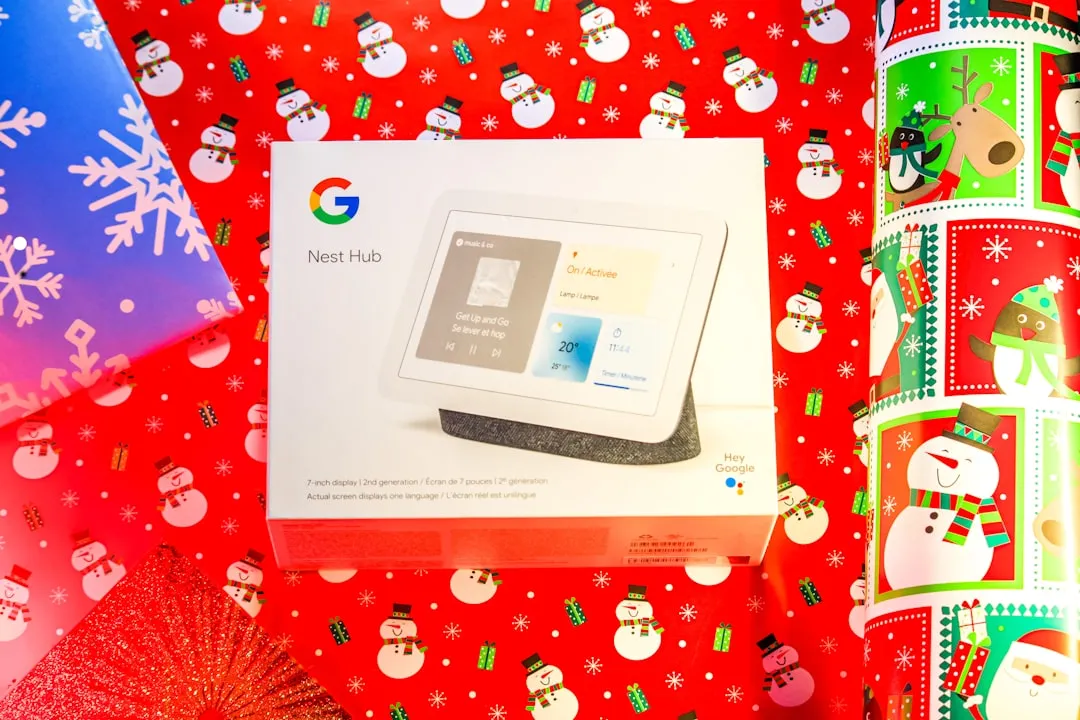
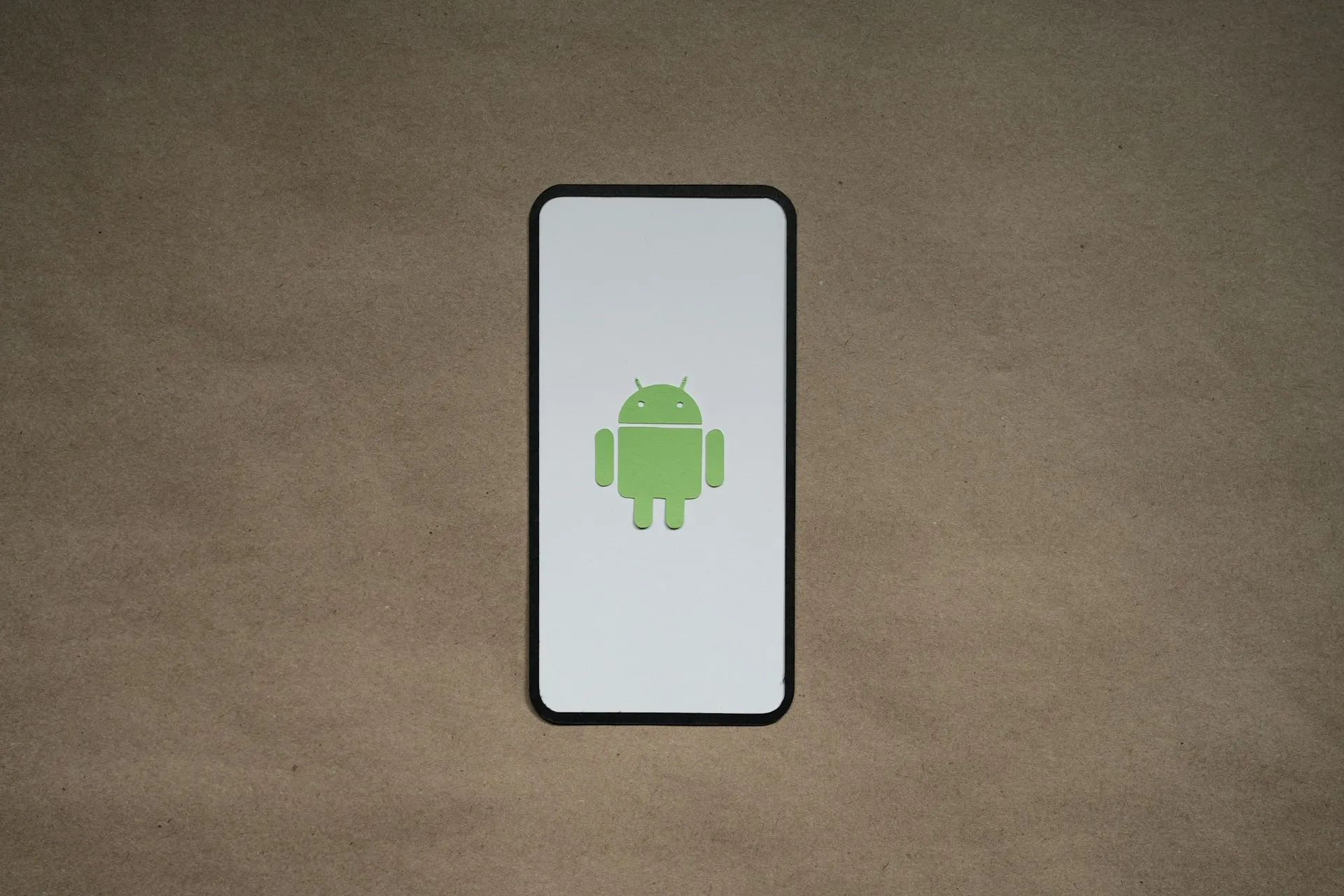
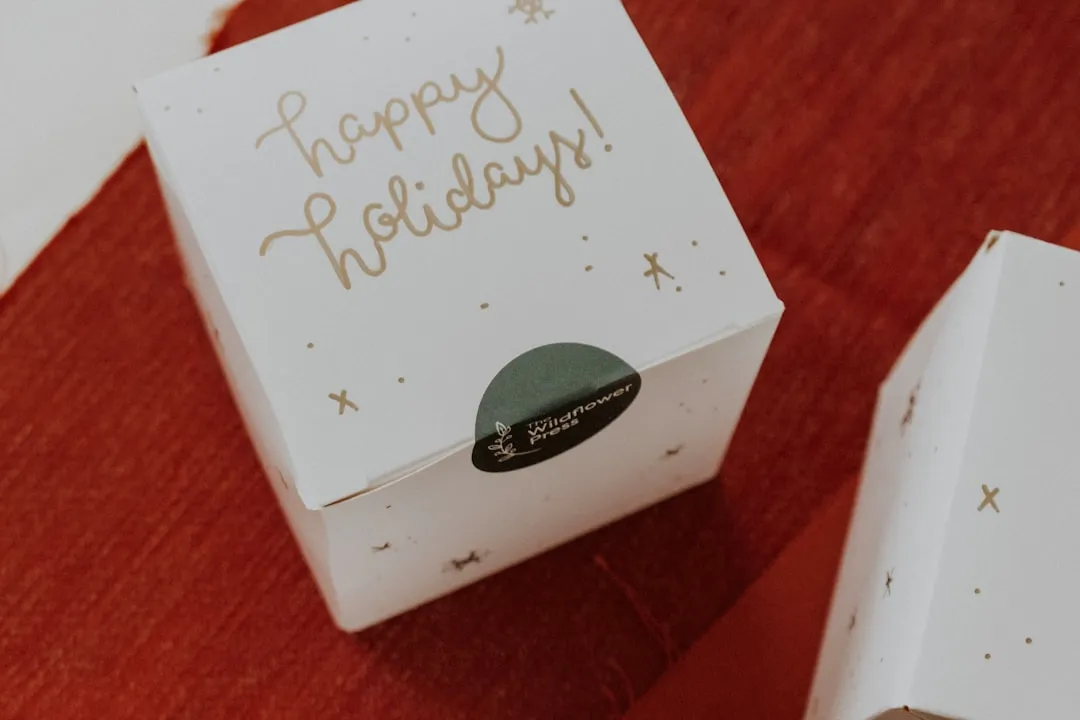
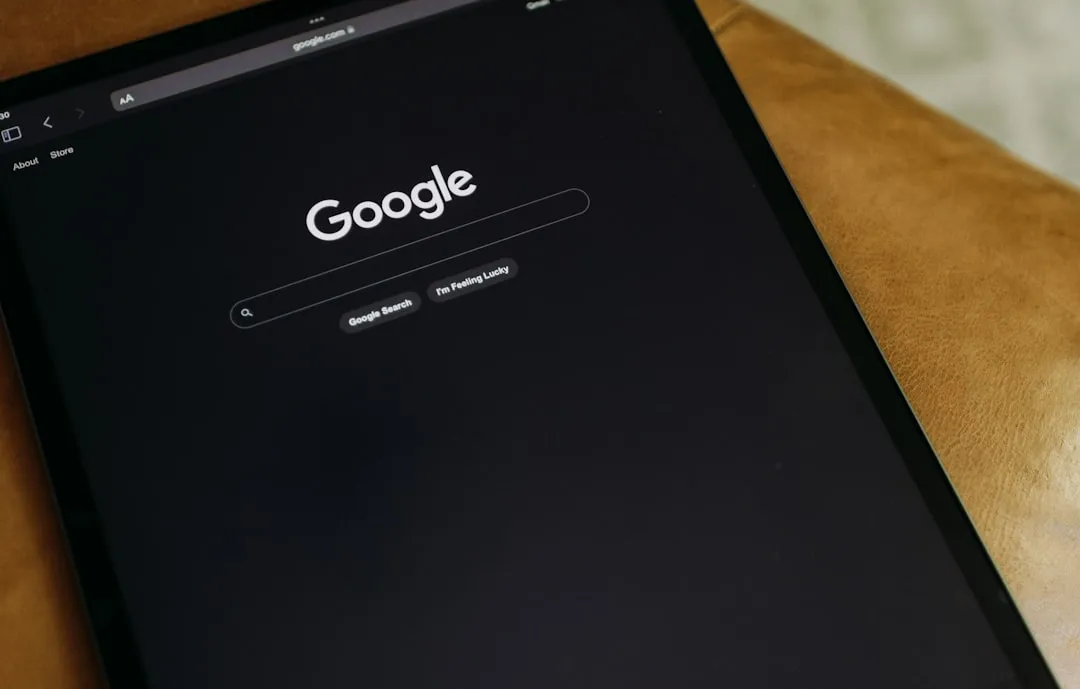
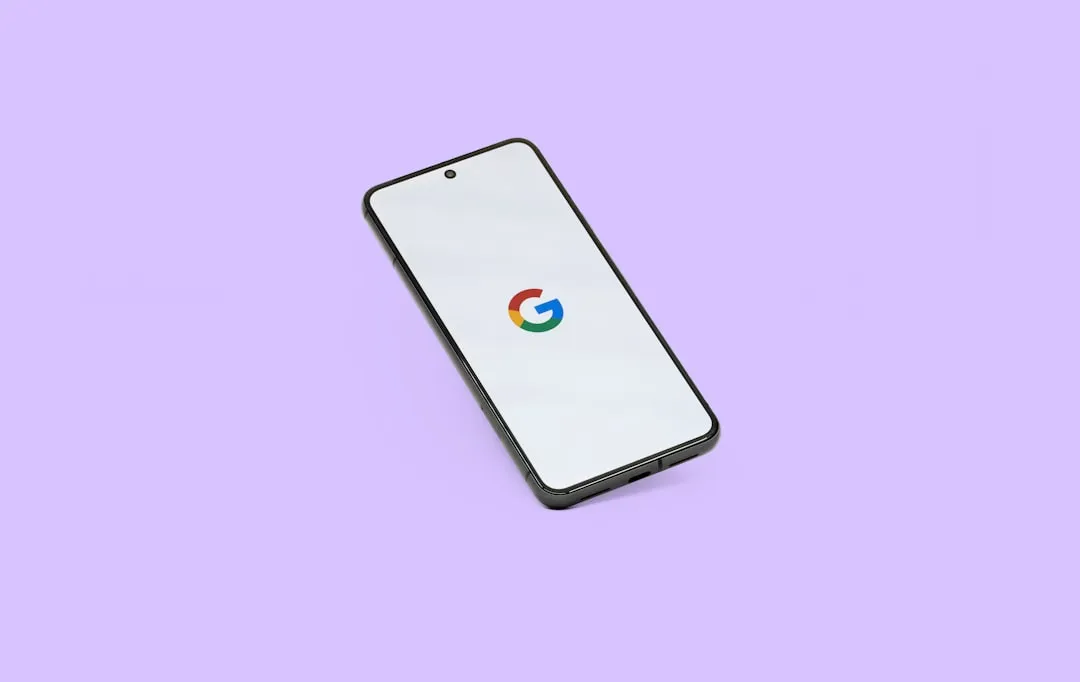
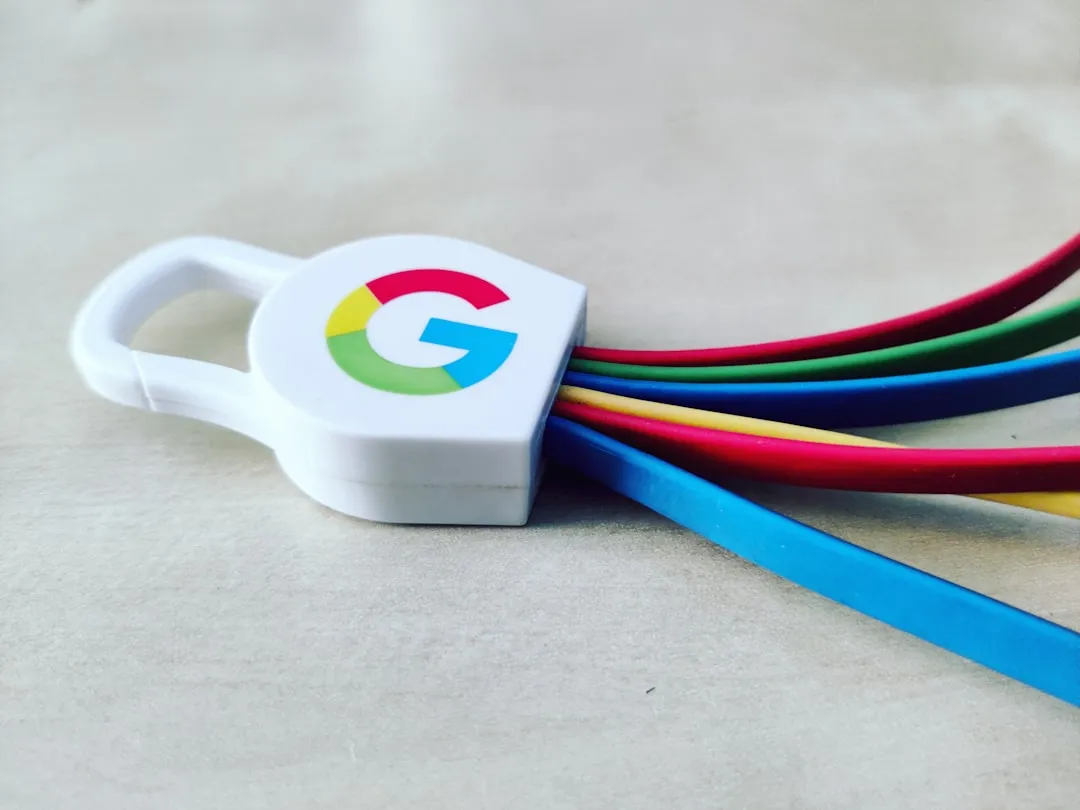
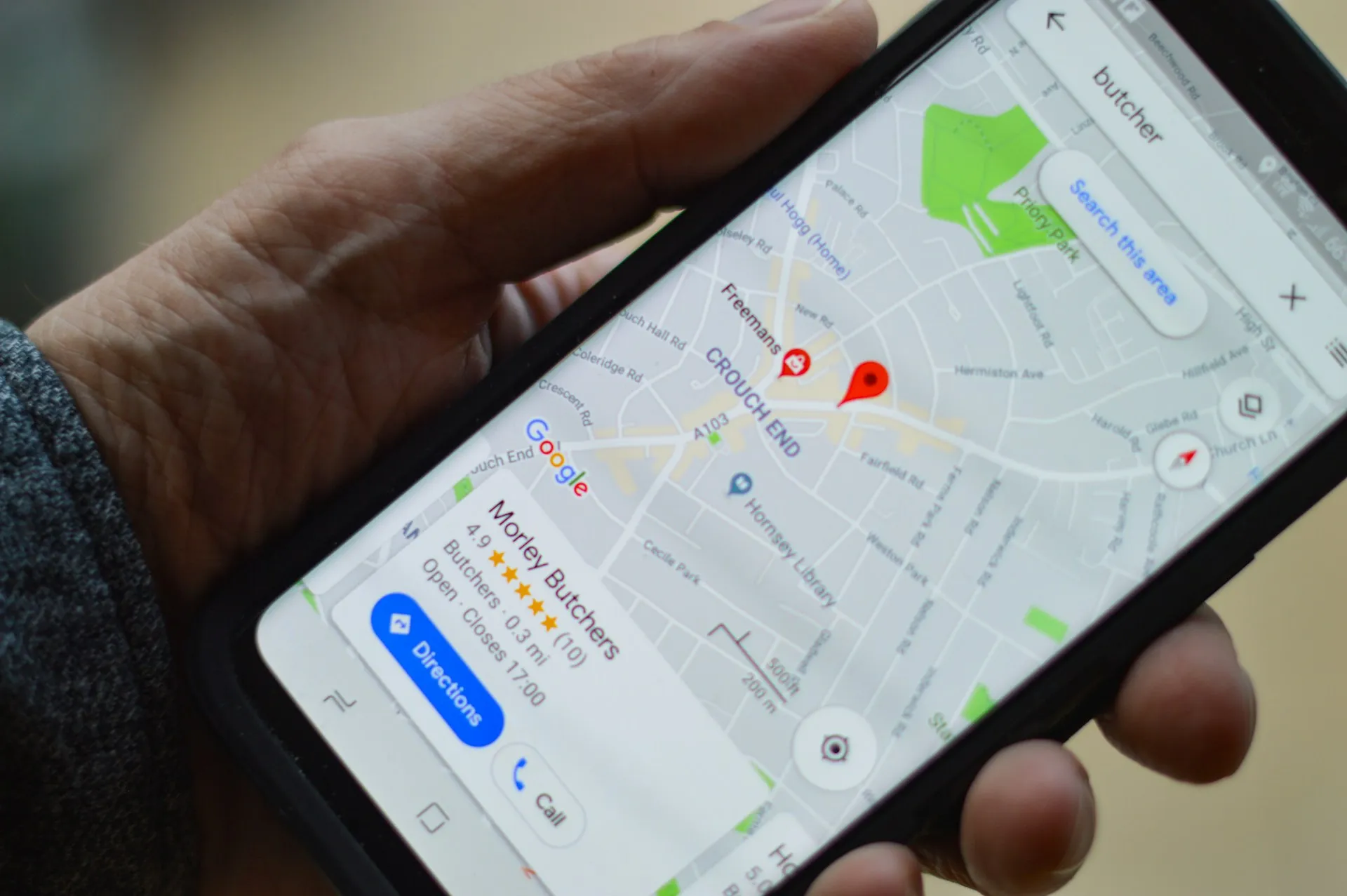
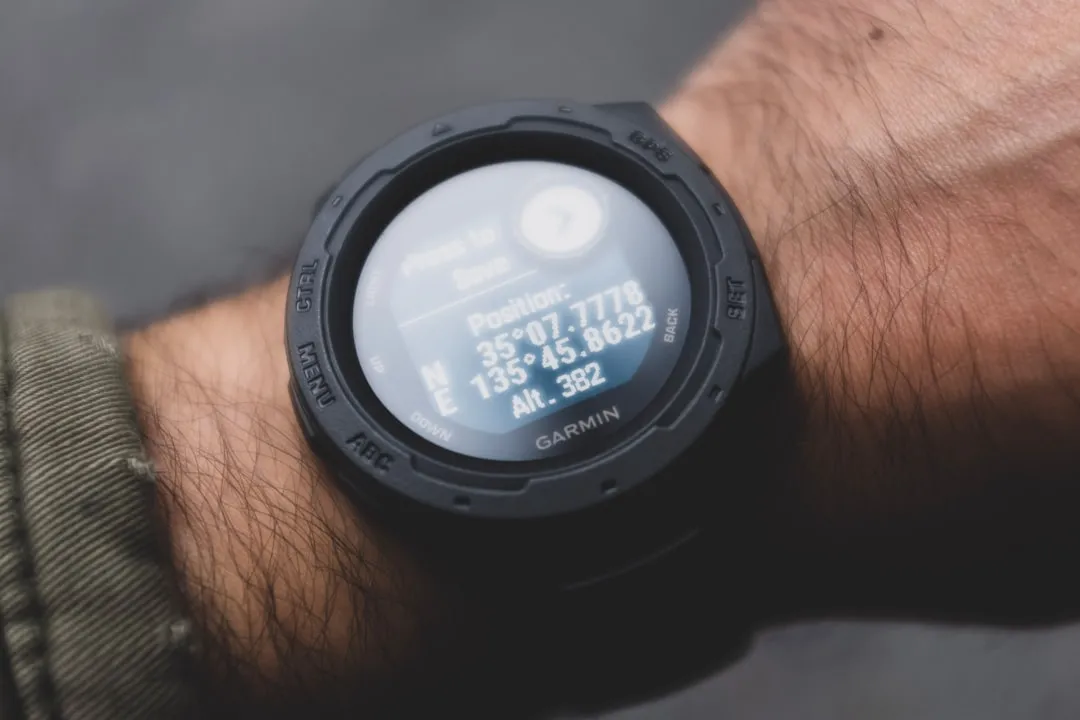
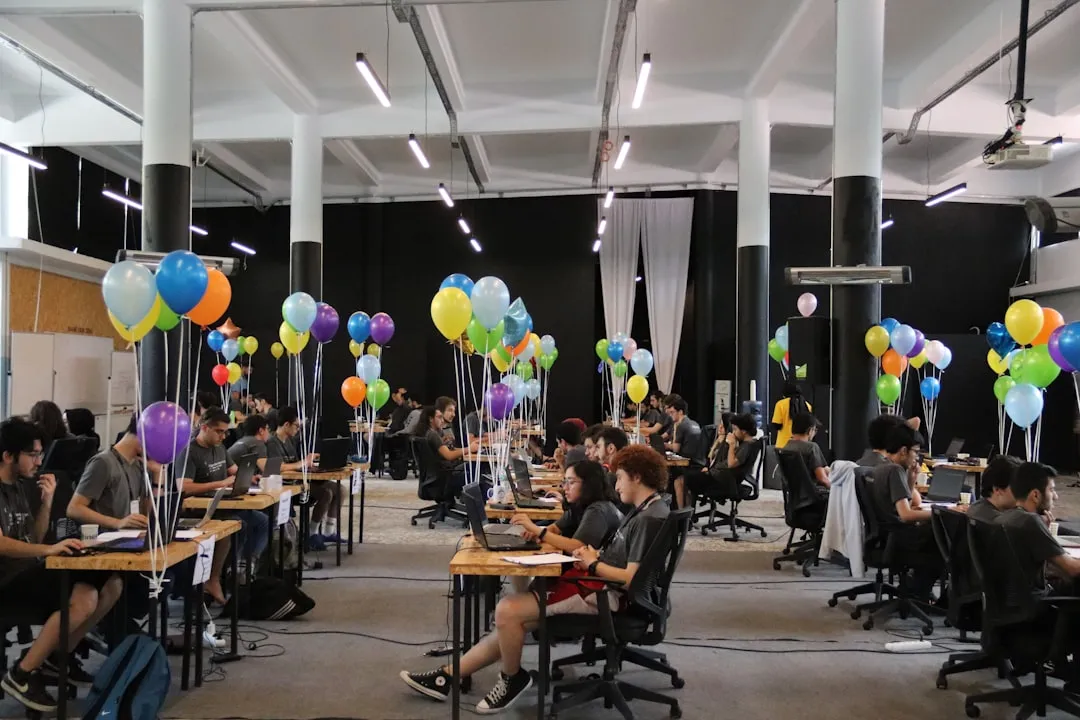
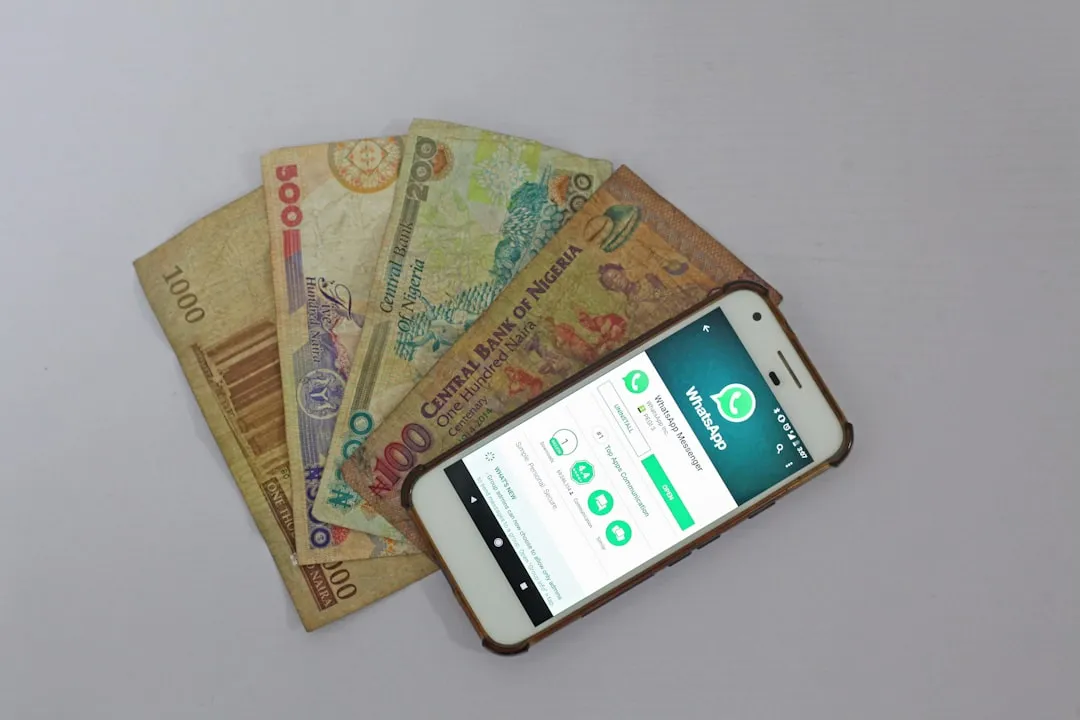
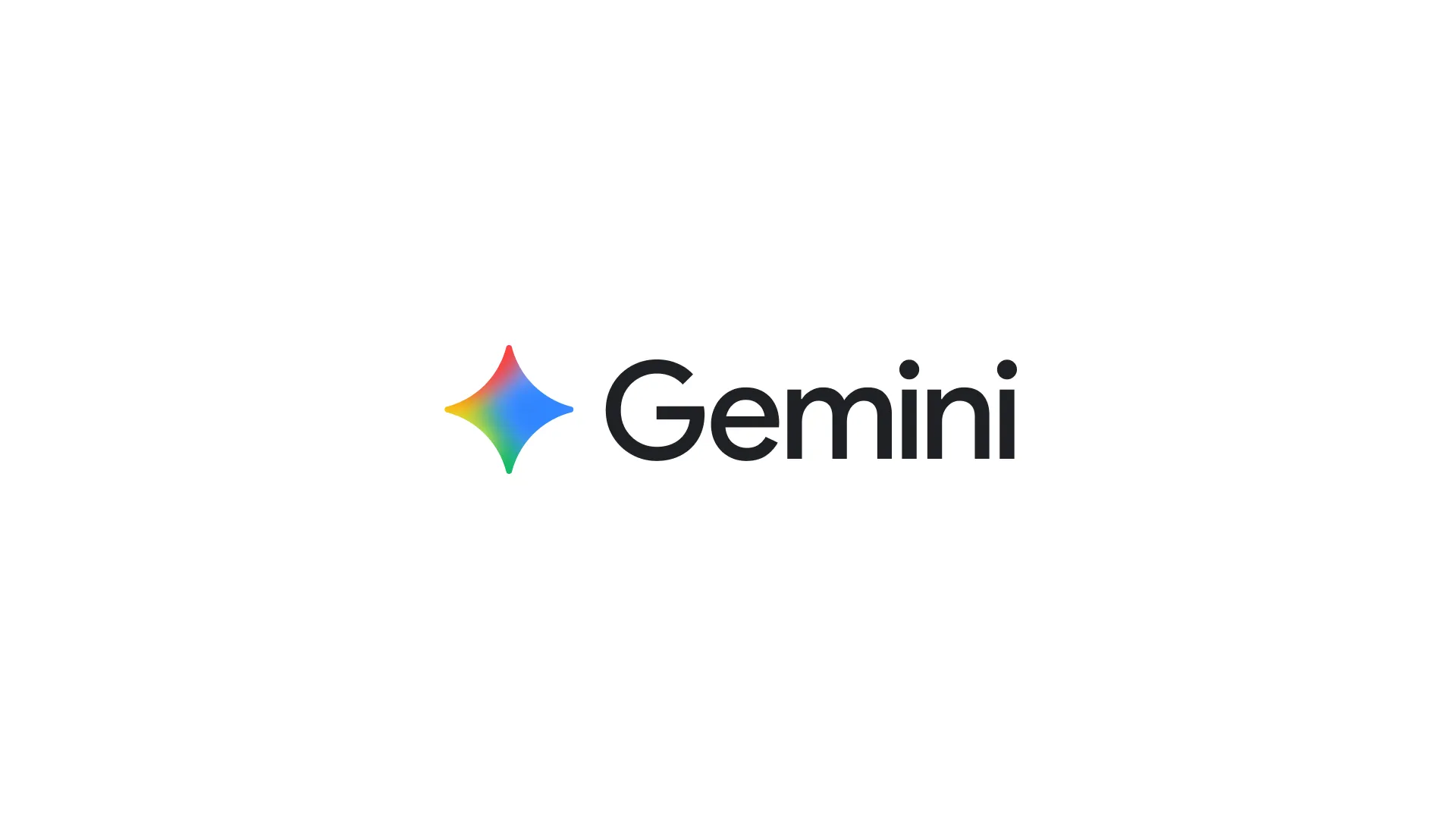
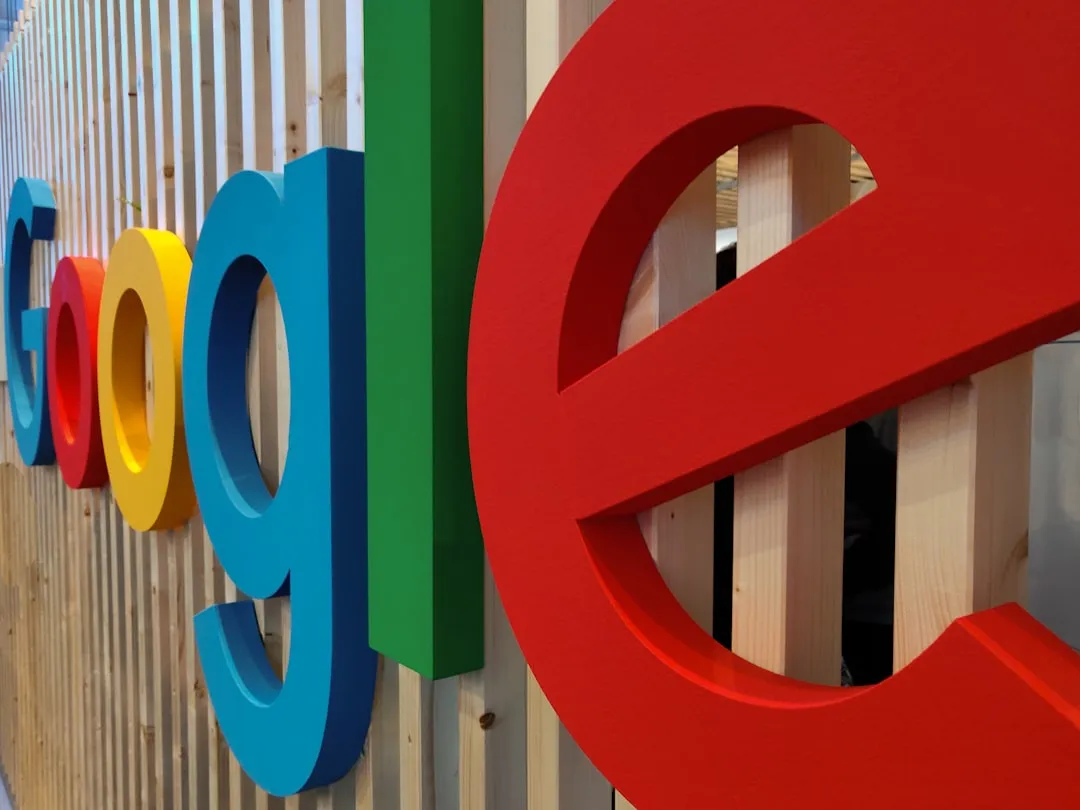
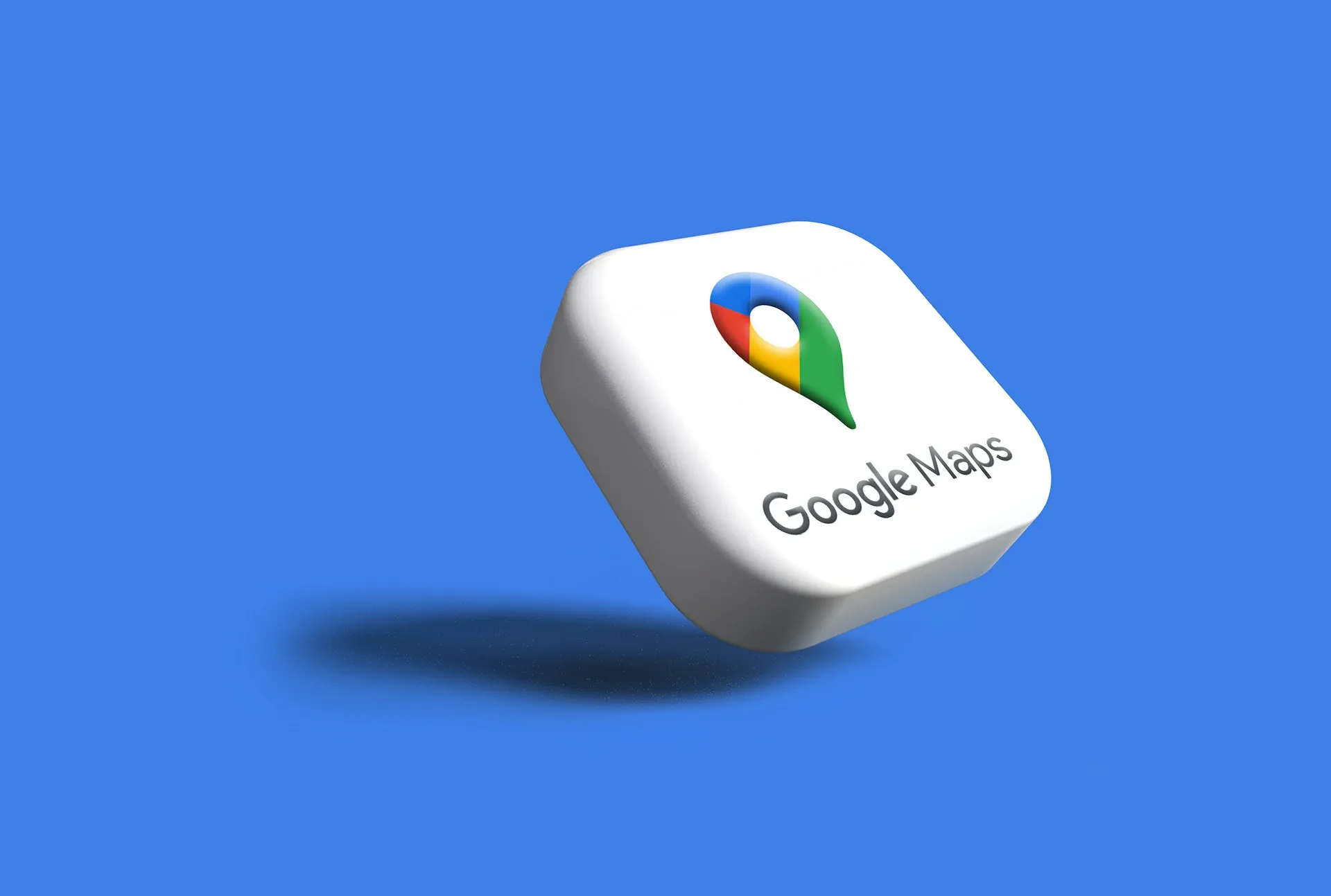
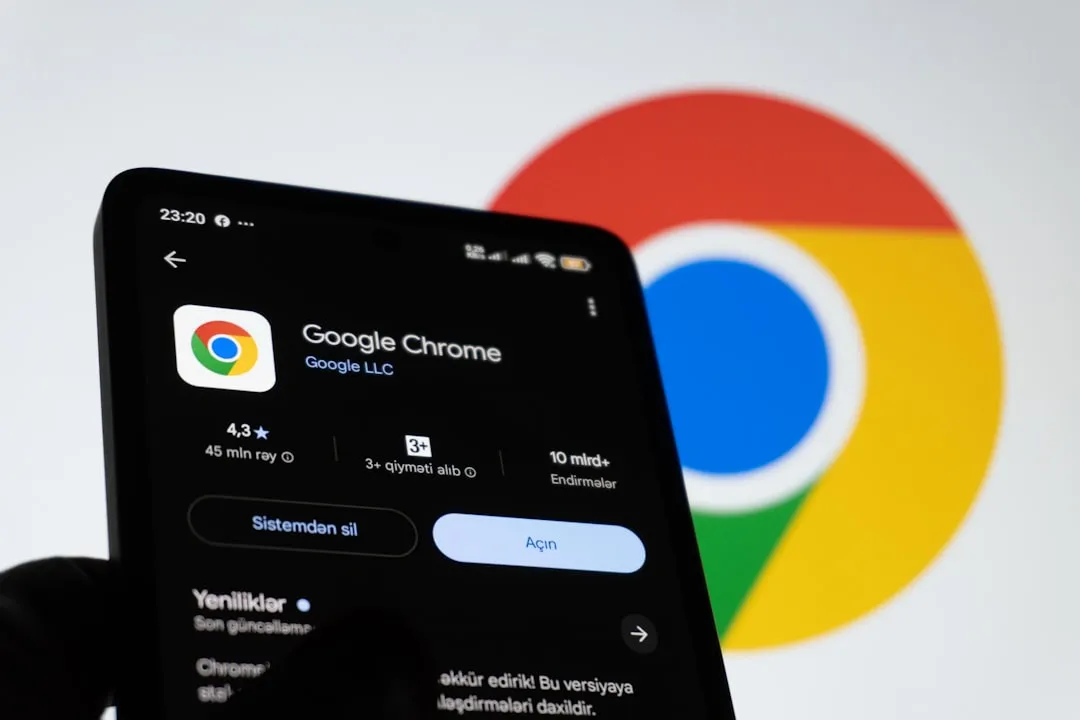

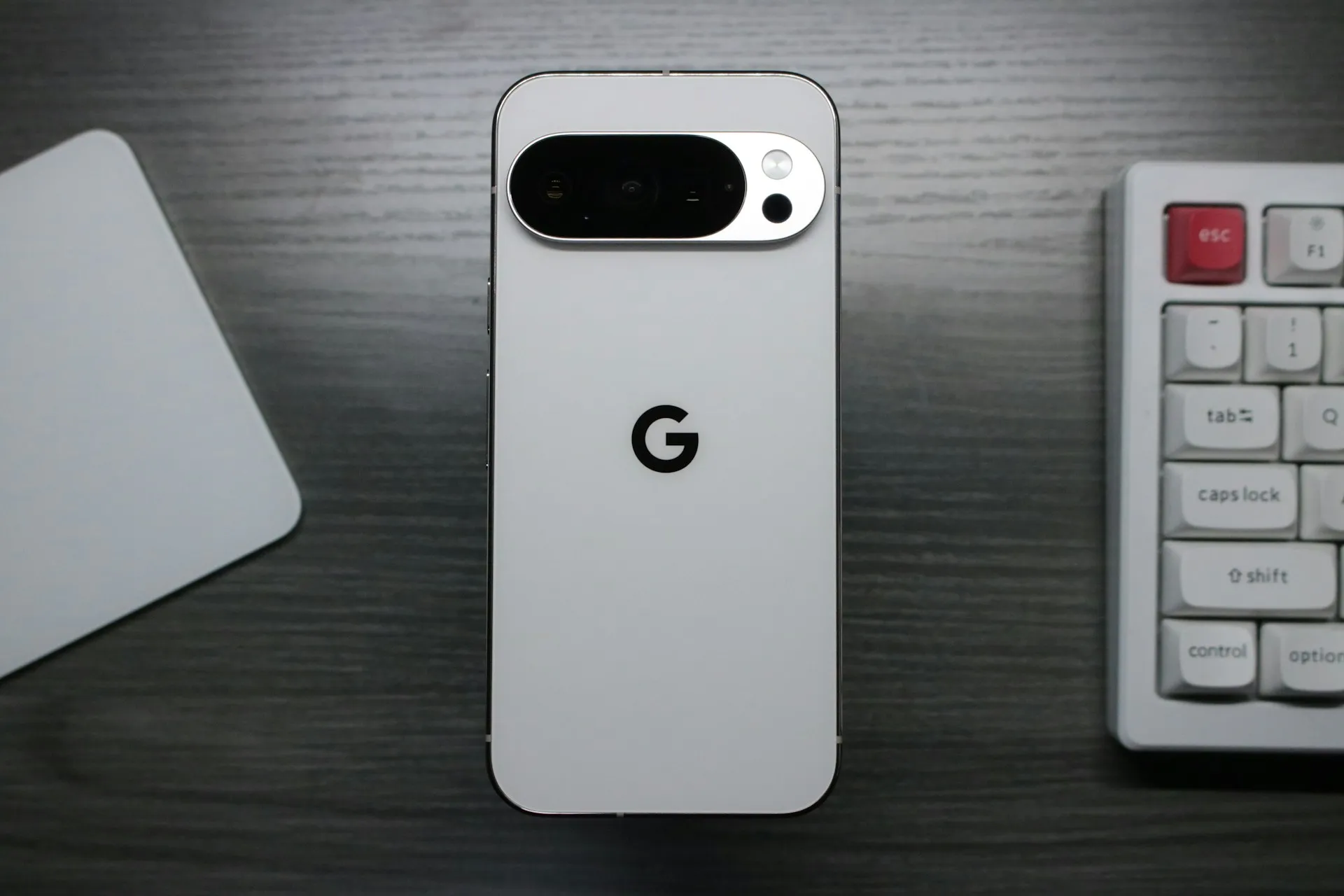
Comments
Be the first, drop a comment!